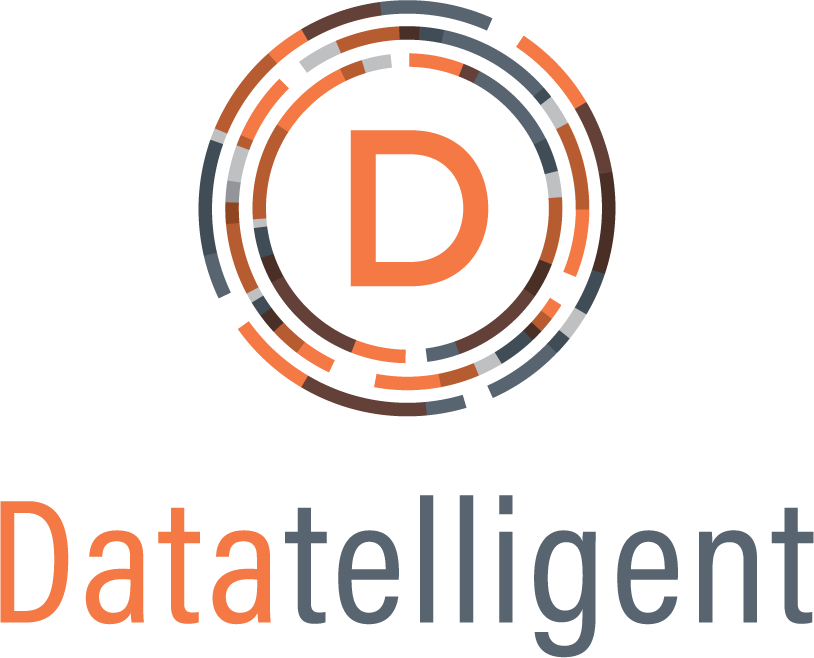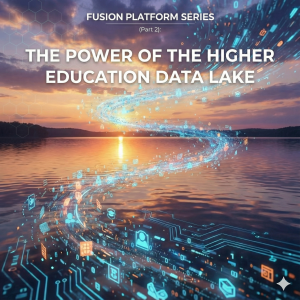Introduction
Tacoma Community College (TCC), a leading institution dedicated to student success and academic excellence, has selected Datatelligent to modernize its data analytics capabilities campus wide. This collaboration signifies a pivotal step in TCC’s mission to leverage data-driven insights for enhanced enrollment management and student outcomes. Here’s how Datatelligent earned TCC’s trust and became its chosen data analytics partner.
TCC’s Data and Analytics Initiative
In the summer of 2024, TCC released a Request for Proposal (RFP) to seek proposals from firms interested in offering services to help migrate existing data to a centralized repository and implement analytic solutions to improve outcomes. The goal is to improve the student lifecycle, strengthen recruiting and enrollment efforts, and drive better outcomes.
TCC recognized the need to improve its data and analytics environment to meet its short- and long-term goals. This included connecting multiple data sources, eliminating data silos, and providing decision-makers with real-time data. From a business perspective, TCC outlined the following key strategic goals as priorities:
- Enhance student outcomes
- Improve tracking for data-driven decision-making on enrollment trends with real-time statistics
- Optimize recruiting efforts
- Provide deeper insights into student demographics and key metrics
- Create user-friendly internal dashboards for diverse audiences
- Increase data transparency across the organization
Why Datatelligent?
After thoroughly evaluating several vendors, Datatelligent was selected for its strong alignment with TCC’s needs and deep understanding of their business.
“Partnering with Datatelligent marks a significant milestone in our data and analytics transformation,” said Kelley Sadler, Director of Instructional Research at TCC. “Their expertise in higher education and deep understanding of our needs makes them the ideal partner. After an extensive evaluation, we chose Datatelligent for its comprehensive approach to data analytics, customizable KPIs, and unified platform. This partnership will streamline our data, enhance adoption, and drive better outcomes in recruiting, admissions, enrollment, student success, retention, and more.”
With Datatelligent, TCC will:
- Improve insights into the full student lifecycle from admissions to graduation/completion
- Have a greater understanding of faculty performance as it relates to student success
- Enable the ability to track the progression of each student through the enrollment funnel in addition to tracking DEI metrics for diverse prospective student populations
- Through actionable insights, better identify students at-risk for proactive intervention and success
- Navigate complex finance and budget situations with dynamic “what if” scenario modeling
- Optimize marketing efforts to ensure the most impactful channels and activities are delivering optimal ROI
- Unify data by connecting multiple data sources to Snowflake including Peoplesoft, Slate, Canvas, and data such as tutoring, surveys, IPEDS, NSC, and other databases
What does the Datatelligent contract with TCC mean to other higher education institutions in the State of Washington?
This contract allows other colleges and universities in the State of Washington to purchase solutions from Datatelligent without going through a separate Request for Proposal (RFP) process.
About Tacoma Community College
Tacoma Community College (TCC) is a comprehensive state-supported community college serving the city of Tacoma and the surrounding areas. Established in 1965, TCC offers various programs, including Bachelor of Applied Science degrees, associate degrees, professional and technical certificates, and transfer pathways to four-year institutions. With a commitment to equity, diversity, and inclusion, TCC serves over 12,000 students annually, with 50% identifying as students of color and a median age of 24. The college strives to provide high-quality, affordable education that transforms lives and strengthens the community.
About Datatelligent
Datatelligent is a data analytics company specializing in empowering organizations to become data-informed. By offering Data Analytics as a Service, Datatelligent helps remove barriers for organizations to make data-informed decisions. Their solutions include unified data platforms, analytic solutions, and AI starter solutions tailored to higher education institutions and non-profit organizations’ unique needs. Datatelligent’s mission is to use data to make communities better, providing organizations with the tools and insights needed to drive meaningful outcomes.
Conclusion
Datatelligent’s partnership with Tacoma Community College exemplifies its commitment to helping higher education institutions unlock the full potential of their data. Together, TCC and Datatelligent will drive informed decision-making, enhance student success, and pave the way for a data-driven future.







